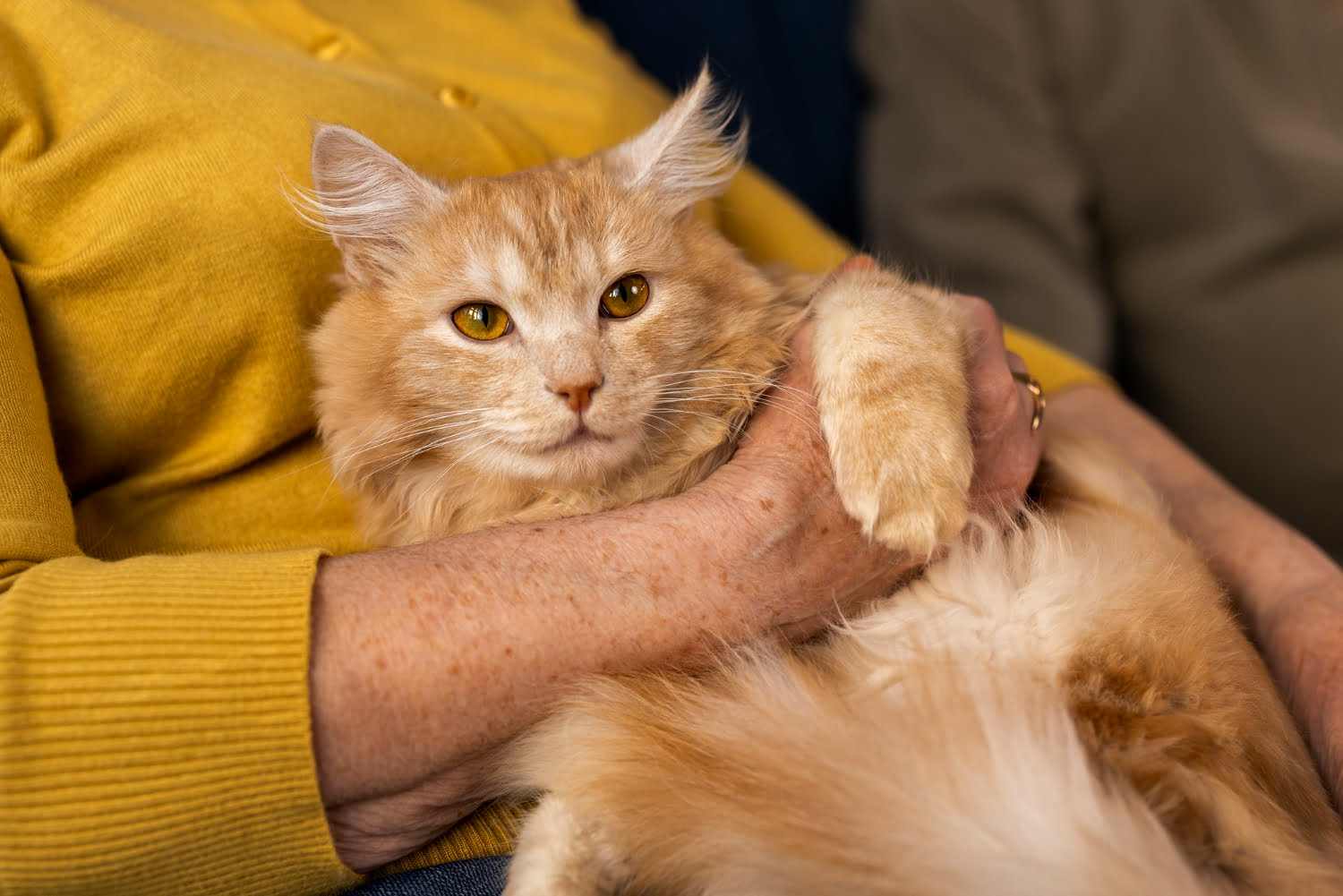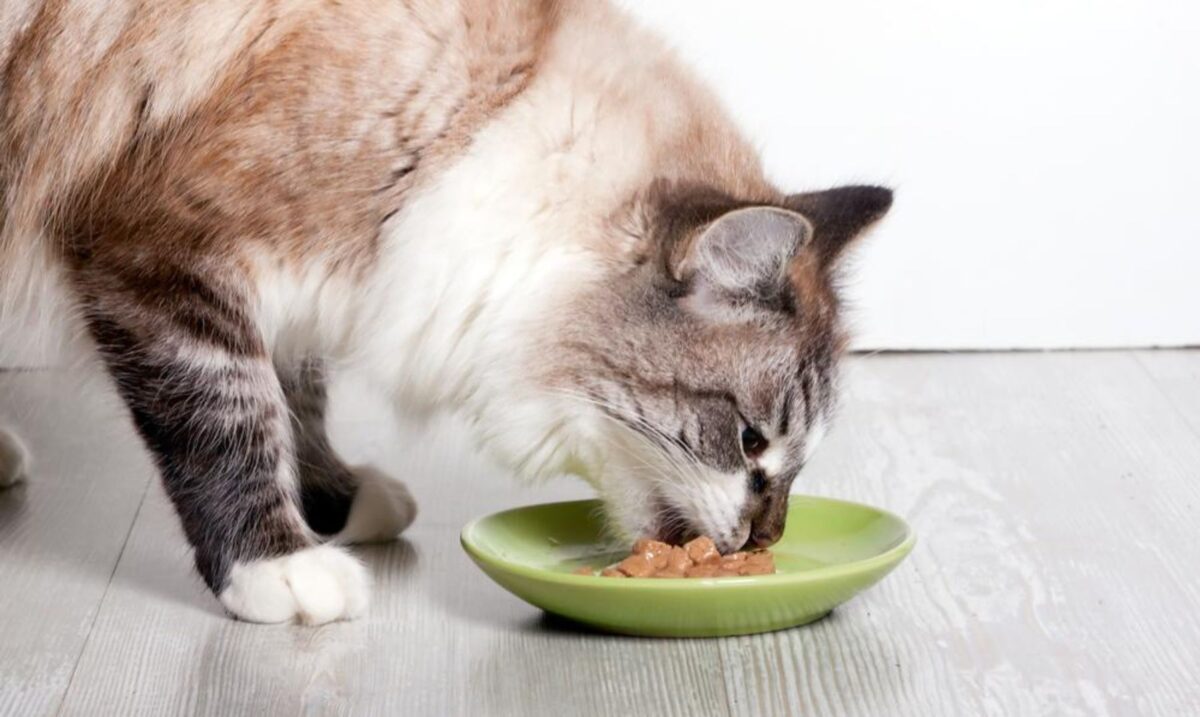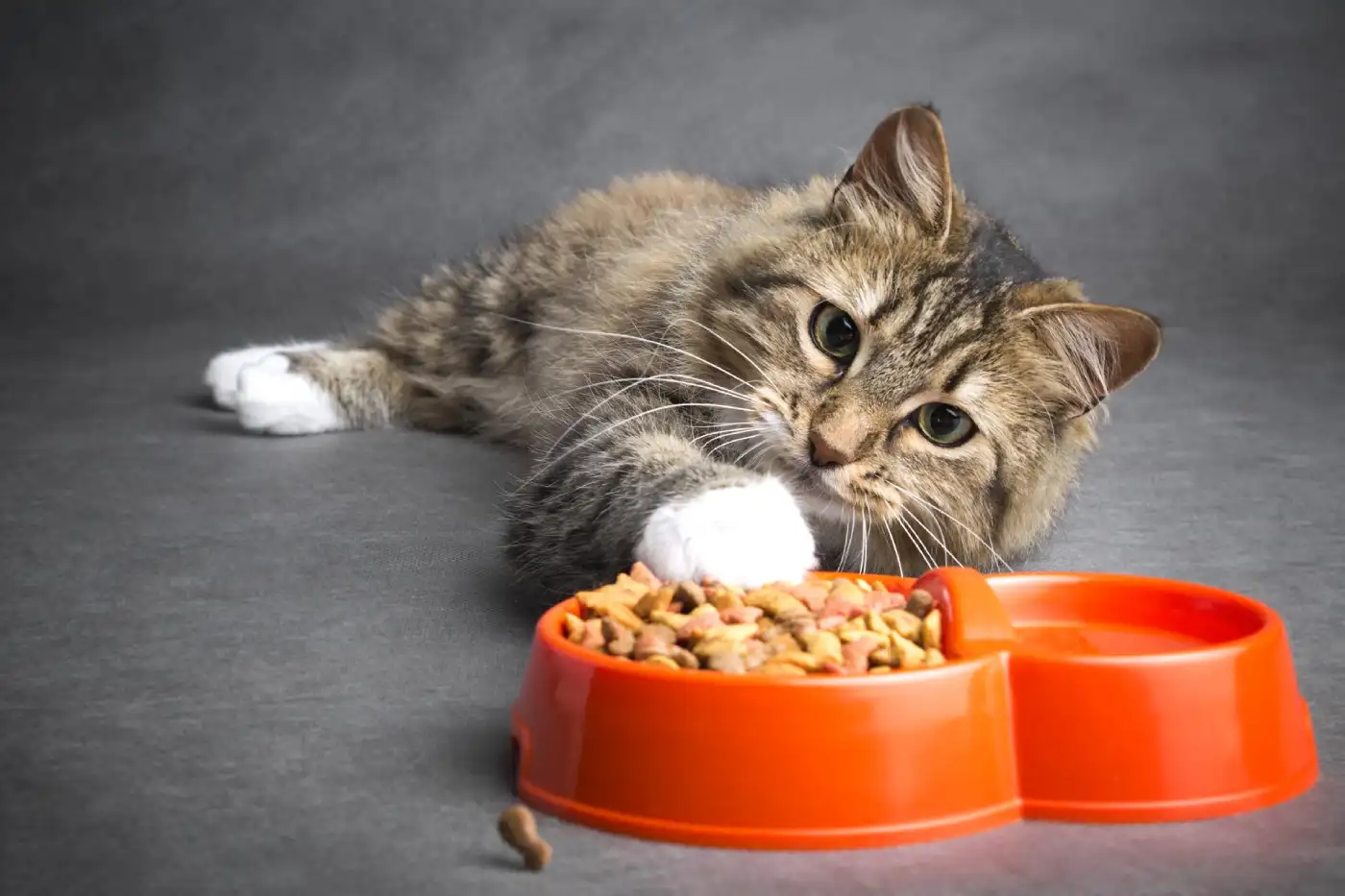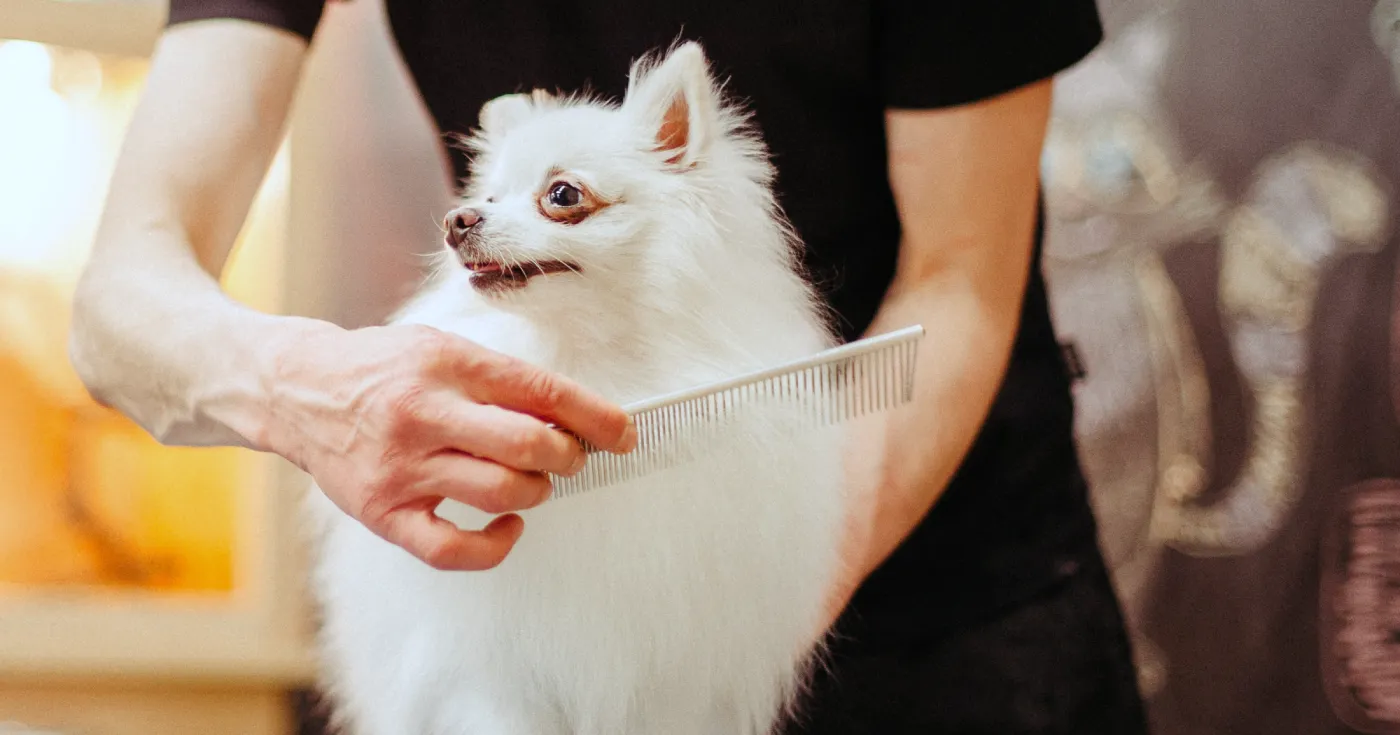When it comes to our feline friends’ dietary preferences, we often associate them with meat-based diets and specific cat food formulas. However, there are instances when our curious and adventurous cats show interest in human foods, causing us to question what is safe for them to consume. One particular food item that raises eyebrows is mac and cheese—a beloved comfort food for many. Can cats indulge in this cheesy delight, or should it be strictly off-limits? In this essay, we will explore the topic of cats consuming mac and cheese, considering the nutritional implications, potential risks, and guidelines to ensure their well-being. So, let’s delve into the intriguing world of feline taste buds and uncover whether mac and cheese can find its way into their culinary repertoire.
Cats’ Nutritional Requirements and the Importance of a Balanced Diet for Feline Health
Cats are obligate carnivores, which means their bodies have evolved to require certain nutrients found only in animal tissues. Their nutritional needs differ from those of humans and even other animals.
Properly understanding and meeting these nutritional requirements is vital to ensure the overall health and well-being of our feline companions.
Here are some key aspects to consider:
Protein
Cats have a high need for animal-based protein in their diet. Protein supports various physiological functions, including muscle development, tissue repair, and the production of essential enzymes and hormones. Insufficient protein intake can lead to muscle wasting and other health issues.
Amino acids
play a critical role in feline nutrition. Cats have specific dietary requirements for essential amino acids, such as taurine and arginine. These amino acids are vital for maintaining healthy heart function, promoting optimal vision, and supporting essential metabolic processes. Inadequate consumption of these essential nutrients can result in significant health implications, such as the development of cardiovascular disorders and a weakened immune system.
Fats
Fats are another crucial element in a cat’s dietary requirementsThey serve as a valuable energy source, aid in the absorption of fat-soluble vitamins, contribute to maintaining healthy skin and coat, provide insulation, and offer protection to vital organs.
To ensure optimal health and well-being in cats, it is imperative to prioritize these essential elements in their diet. By providing a balanced and nutrient-rich diet that includes adequate amino acids and appropriate fat sources, we can safeguard their overall health and support their physiological functions effectively.
However, it is essential to provide cats with the right balance of fatty acids, as excessive or imbalanced fat intake can lead to obesity and related health issues.
Carbohydrates
Unlike humans, cats have limited ability to digest and utilize carbohydrates. While carbohydrates can provide energy, cats’ digestive systems are more efficient at utilizing proteins and fats.
Vitamins
Proper supplementation or inclusion of these nutrients in their diet is essential to maintain optimal health.
A balanced diet for cats should consist primarily of high-quality animal-based proteins, supplemented with essential nutrients. Commercial cat food products are formulated to meet these nutritional requirements. It is important to choose cat foods that are specifically designed for their age, size, and health condition. Additionally, providing fresh water and avoiding excessive treats or table scraps can help maintain the balance of their diet.
By ensuring cats receive a balanced diet that meets their specific nutritional needs, we can support their overall health, immune system, and longevity. Consulting with a veterinarian is recommended to tailor a diet plan that best suits individual cats’ requirements and to address any specific health concerns.
Mac and Cheese: Ingredients and Nutritional Content

Mac and cheese is a popular dish enjoyed by many, but it is essential to examine its ingredients and understand its nutritional composition, especially when considering whether cats can safely consume it.
Ingredients in Mac and Cheese:
Pasta
Typically, macaroni or other pasta shapes are used as the base for mac and cheese. It is primarily made from wheat flour, water, and sometimes eggs.
Cheese
The primary ingredient that gives mac and cheese its rich and creamy texture is cheese. Common cheese varieties used include cheddar, mozzarella, or a combination of different cheeses.
Milk or Cream
To create the sauce, milk or cream is added, providing a smooth and creamy consistency.
Butter
Butter is often included to enhance the flavor and richness of the dish.
Seasonings and Additions: Additional ingredients such as salt, pepper, and spices may be added for flavor. Some variations of mac and cheese include ingredients like bacon, vegetables, or breadcrumbs.
Nutritional Composition of Mac and Cheese:
Calories: The calorie content of mac and cheese can vary depending on the portion size and specific ingredients used.
Protein: The protein content primarily comes from the cheese and, to a lesser extent, from the pasta. However, the protein content in mac and cheese is typically lower compared to other protein-rich food sources.
Fat: The cheese, milk, and butter contribute to the fat content in mac and cheese. It can be relatively high in fat, especially if made with full-fat dairy products.
Sodium: Cheese and additional seasonings can increase the sodium content in mac and cheese, which may be a concern for cats with certain health conditions.
It is important to note that mac and cheese is a human food designed for our taste preferences and nutritional needs. While it can be a comforting and indulgent treat for us, the nutritional composition may not align with cats’ dietary requirements.
When considering whether cats can consume mac and cheese, it is crucial to understand their specific nutritional needs as obligate carnivores. Cats require a diet primarily based on animal proteins to meet their unique nutritional requirements for optimal health. Feeding them a balanced, species-appropriate diet that includes high-quality cat food formulated specifically for their needs is recommended.
Can Cats Safely Consume Mac and Cheese?
When it comes to feeding cats human foods like mac and cheese, it is important to consider their unique physiology and potential sensitivities. Two key factors to consider are cats’ lactose intolerance and dairy sensitivity, which can pose risks when consuming mac and cheese.
Lactose Intolerance
Feeding cats foods high in lactose, such as mac and cheese, can lead to digestive upset, including diarrhea, gas, and stomach discomfort.
High Fat and Calorie Content
Feeding cats a diet excessively rich in fat can lead to weight gain, obesity, and associated health problems, including diabetes and cardiovascular issues. Cats have specific dietary requirements and metabolisms that differ from humans, making it important to consider portion sizes and nutritional balance.
Sodium Concerns
Mac and cheese often contains added salt and seasonings, contributing to its flavor. However, cats have lower tolerance for sodium compared to humans. Feeding them mac and cheese, which may have elevated sodium levels, can pose risks to their health.
While occasional small tastes of mac and cheese may not cause immediate harm, it is generally not recommended to feed it to cats as a regular part of their diet. Cats’ nutritional needs are best met through high-quality, balanced cat food specifically formulated for their requirements.
If you’re looking to treat your cat with a similar texture and flavor, there are cat-friendly alternatives available, specifically formulated to meet their dietary needs and avoid potential health risks.
Moderation and Portion Control
When it comes to incorporating human foods like mac and cheese into a cat’s diet, moderation and portion control are key to ensuring their overall health and well-being. While it is generally recommended to prioritize a balanced, species-appropriate cat food, if you choose to offer your cat small amounts of mac and cheese as an occasional treat, here are some guidelines to follow:
Portion Control for Cats’ Calorie Intake
Reserve small amounts of mac and cheese for rare occasions or as a reward, ensuring it remains a small portion of their overall calorie intake.
Choose a Plain Version
Monitor for Any Adverse Reactions
When offering mac and cheese to your cat, opt for a plain version without added seasonings, spices, or extras like bacon. Avoid varieties that contain onions, garlic, or other potentially harmful ingredients. Plain macaroni and cheese made with minimal ingredients can be a safer option for cats if you choose to share a small amount.
After introducing mac and cheese to your cat’s diet, observe their response.
we will provide alternative suggestions for cat-friendly foods that can provide a similar texture and flavor to mac and cheese, offering options that align more closely with their nutritional requirements.
Alternatives to Mac and Cheese
While mac and cheese may not be the ideal choice for cats due to their specific nutritional needs, there are cat-friendly alternatives that can provide similar textures and flavors. Here are some suggestions for alternative options that align more closely with cats’ dietary requirements:
Cat-Friendly Cheese Treats
These treats are often made with cat-safe ingredients and provide a satisfying snack for your feline companion.
Plain Cooked Chicken or Turkey

Cooked chicken or turkey without any seasoning or added ingredients can be a tasty alternative for cats. It provides a good source of animal-based protein and can be shredded or diced into small, bite-sized pieces for a satisfying texture.
Canned Cat Food Varieties
Explore different flavors and textures of canned cat food to find options that your cat enjoys. There are varieties available that have a creamy texture, providing a similar experience to mac and cheese.
Homemade Cat-Friendly Recipes
If you enjoy cooking for your cat, consider making homemade recipes using cat-safe ingredients. For example, you can prepare a simple mixture of cooked and mashed fish or chicken with a small amount of low-lactose or lactose-free yogurt to create a creamy texture.
It is important to note that when introducing any new food to your cat, whether store-bought or homemade, do so gradually and in small portions.
Consulting with a Veterinarian
When it comes to your cat’s nutrition and overall well-being, it is always recommended to seek professional advice from a veterinarian. While articles and general guidelines can provide helpful information, veterinarians are the experts in understanding your cat’s specific needs and can offer personalized insights on feeding cats human foods, including mac and cheese.
Nutritional Requirements
Veterinarians have in-depth knowledge of feline nutrition and can help you understand the specific dietary requirements of cats.
Allergies and Sensitivities
A veterinarian can help identify any potential food allergies or intolerances your cat may have and advise you on suitable alternatives to incorporate into their diet.
Weight Management
Veterinarians can provide guidance on maintaining a healthy weight for your cat, which is crucial for their overall health and longevity. They can help you develop a portion control plan and recommend suitable treats or alternatives to help manage their calorie intake while still providing enjoyable food experiences.
Potential Health Risks
Veterinarians are well-versed in the potential risks associated with feeding cats human foods, including mac and cheese. They can explain the specific dangers that certain ingredients or food types may pose to your cat’s health, helping you make informed decisions about what to include or avoid in their diet.
Remember, the information provided in this article is general in nature and may not account for your cat’s specific needs or health conditions. Seeking professional advice from a veterinarian ensures that your cat’s diet is tailored to their individual requirements and reduces the risk of potential health complications.
In conclusion, we strongly encourage you to consult with a veterinarian regarding your cat’s diet, including any plans to incorporate human foods like mac and cheese. Veterinarians can provide expert insights, personalized recommendations, and address any concerns you may have to ensure that your cat receives the best possible care and nutrition.
Thank you for taking the time to read this article, and we hope it encourages you to seek professional advice for your cat’s dietary needs.













